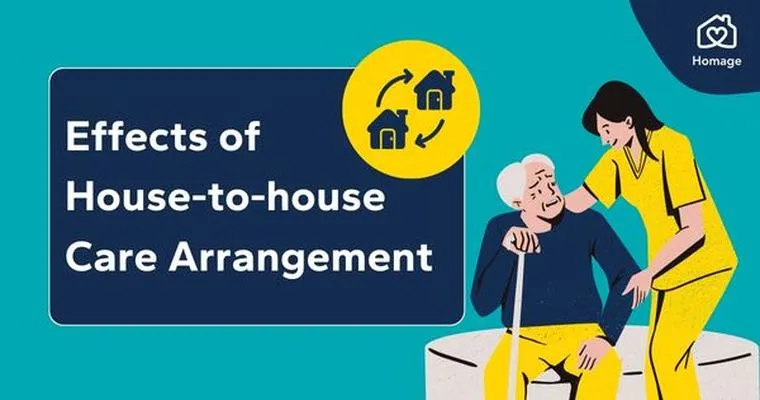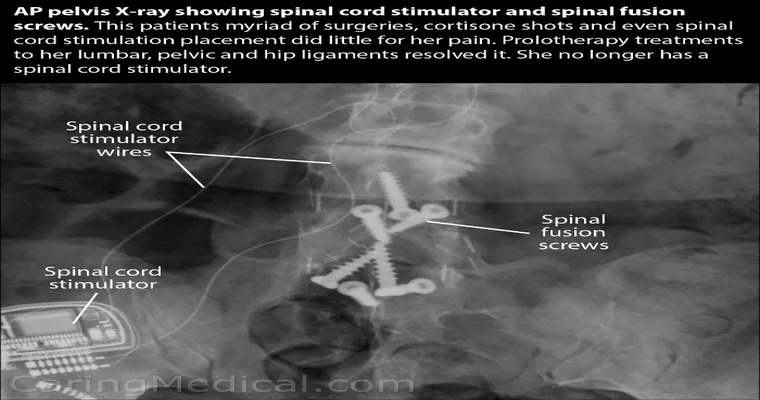Navigating the healthcare system can often be confusing, especially when it comes to filling out forms that are meant to assess your "medical needs" and "caregiving arrangements". For patients like me, where the situation involves a "part-time caregiver", misunderstandings can lead to inadequate support. Recently, I encountered a situation where the form I filled out was a bit misleading. I am the patient, and my oldest son helps me out when he is home, but my mobility has drastically decreased, and now I can only take a few steps without assistance.
Understanding the "role of caregivers" is crucial, especially when it comes to receiving the right services and support. My son, who works part-time, is a significant part of my daily life, but the forms seem to overlook the complexities of our situation. They often categorize caregivers in a way that does not reflect the reality of our circumstances. This can result in a lack of resources or help that we desperately need.
When filling out forms, it is essential for patients to clarify their condition and the specifics of their caregiving situation. In my case, I have a "chronic illness" that limits my mobility, making it necessary for me to rely on my son. However, the form did not provide a clear option to express the part-time nature of his support, leading to a potential underestimation of my needs.
Moreover, the way questions are framed can be overwhelming. They might ask about the frequency of care without considering variables such as work schedules, which can lead to misleading interpretations of how much care a patient truly requires. For individuals like me, every step counts, and any miscommunication can result in delayed access to "medical resources" or "assistance programs".
To improve the situation, it is vital for healthcare providers and organizations to revise their forms to be more inclusive and representative of diverse caregiving scenarios. This could involve adding more detailed questions that allow patients to explain their unique situations fully. Additionally, providing space for comments or additional information could help caregivers and patients communicate their needs more effectively.
In conclusion, while forms are meant to facilitate care, they must accurately reflect the realities faced by patients and their caregivers. As someone who can only take a few steps, I urge healthcare providers to consider the nuances of caregiving relationships. By doing so, they can ensure that patients receive the appropriate support and resources they need to navigate their health journey more effectively.





